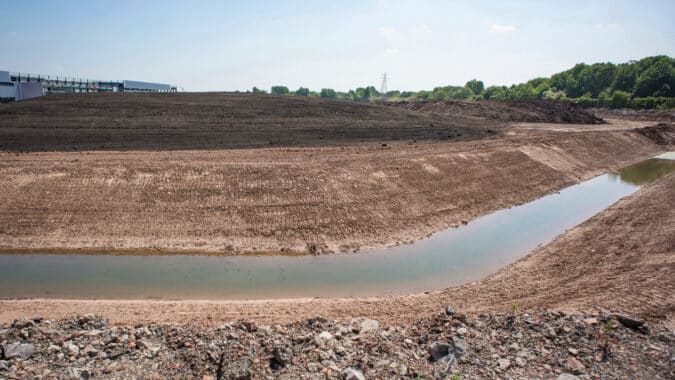Premiums will be going up for tens of thousands of New Jersey property owners with National Flood Insurance Programs policies under a new pricing methodology that seeks to align premiums more closely with a property’s flood risk.
The Federal Emergency Management Agency announced this week the changes will take effect on all existing flood insurance policies renewed after April 1. New policyholders have been subject to the revised premiums, known as Risk Rating 2.0, since Oct. 1, 2021.
There are 217,200 National Flood Insurance Program policies in force in New Jersey. According to FEMA, 21% will see premium decreases; 64% will see increases between $0 and $120 a year; 10% will see premium increases of $121 to $240 a year; and 5% will see increases greater than $240 a year.
Since the 1970s, rates had been predominantly based on relatively static measurements, emphasizing a property’s elevation within a zone on a Flood Insurance Rate Map (FIRM). The new rating system is the first change to the methodology in 50 years, FEMA said.
In developing the new rates, FEMA coordinated with subject matter experts from the U.S. Army Corps of Engineers, U.S. Geological Survey and the National Oceanic and Atmospheric Administration along with experts from across the insurance industry and actuarial science to ensure alignment with federal regulations.
The new methodology allows FEMA to equitably distribute premiums across all policyholders based on the value of their home and the unique flood risk of their property. Under FIRM methodology, many policyholders with lower-value homes paid more than they should, and policyholders with higher-value homes paid less.
“The new pricing methodology is the right thing to do. It mitigates risk, delivers equitable rates and advances the Agency’s goal to reduce suffering after flooding disasters,” said David Maurstad, senior executive of FEMA’s National Flood Insurance Program.
Under the new rating system, the annual 18% cap on premium increases remain in effect and increases eventually stop once stop once the full risk-rate is realized, FEMA said.
FEMA said it would continue to offer discounts of between 5% and 45% to eligible policyholders in communities that participate in the Community Rating System. However, since Risk Rating 2.0 does not use flood zones to determine flood risk, the discount will be uniformly applied to all policies throughout the participating community, regardless of whether the structure is inside or outside of the Special Flood Hazard Area.
Go here to see FEMA’s Fact sheet about NFIP policies in New Jersey.

